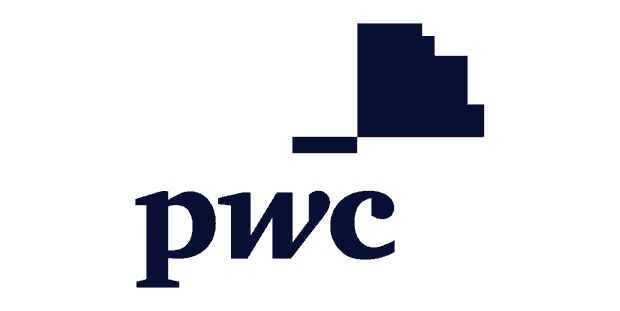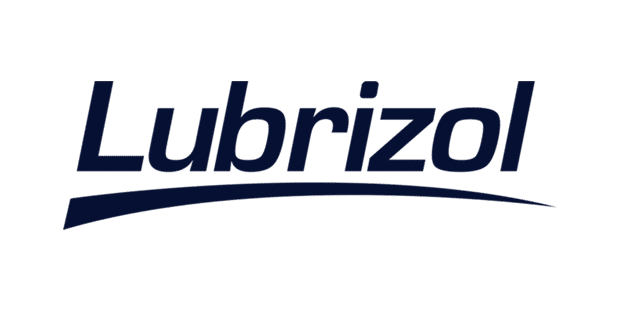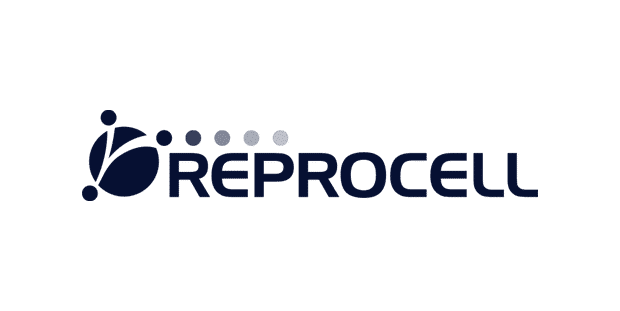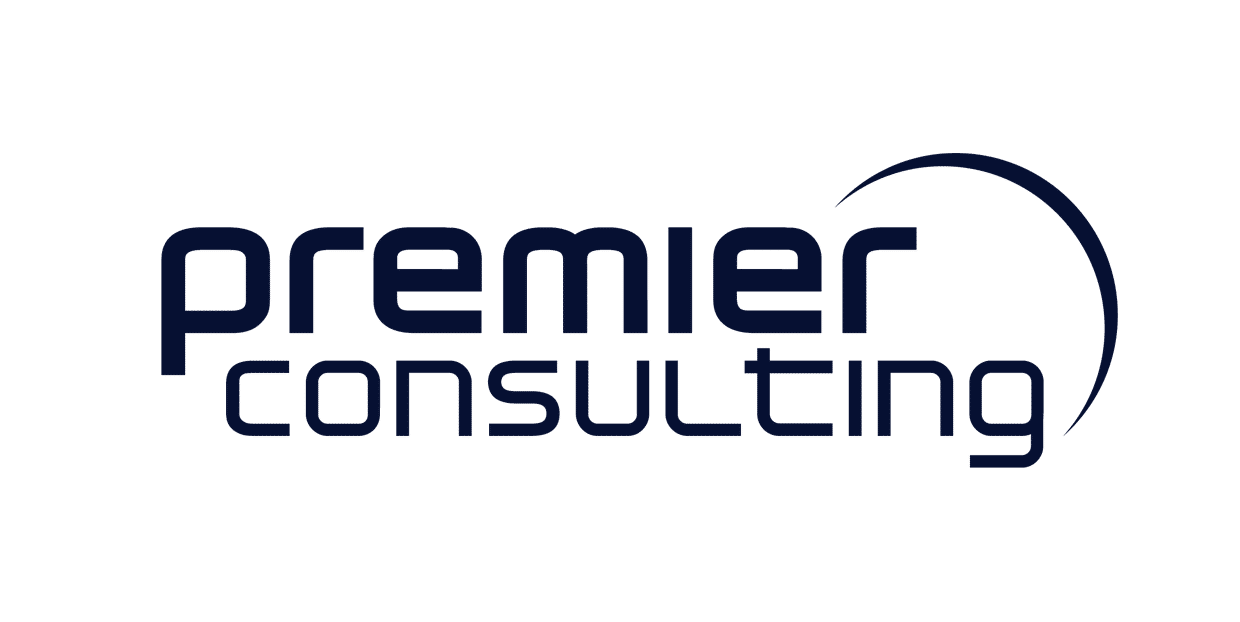We’re not defined by awards or our number of clients but by our relentless pursuit of project efficiency, great experiences, building friendships, and client success.





Our Digital Marketing Strategies
Having helped brands for close to 20 years, we know enterprise digital marketing and website optimization isn’t just about visibility – it’s about connection
Our omnichannel marketing agency efficiently architects digital strategy services that synchronize paid, owned, and earned media into multichannel marketing campaigns measured by daily revenue dashboards.
Growth marketing agency analysts collaborate with UX, CRO, and media teams to test offers, refine audiences, and optimize funnels in real time, turning data into compounding ROI.
The result is an online marketing solution and digital advertising agency partnership that accelerates acquisition, lifts lifetime value, and future‑proofs revenue against channel volatility.
Creative Services
Website Design
Brand Strategy
Content Creation
Brand Videography
Our Guide To Website Optimization
Website optimization continues to evolve rapidly, fueled by increasing user expectations for fast, seamless online experiences. With global internet users surpassing 5 billion, businesses face intense competition to capture attention within seconds. Tools and services in this space, from content delivery networks to analytics platforms, generate billions in revenue annually, as companies prioritize speed, security, and accessibility to reduce bounce rates and improve search rankings. Emerging trends like mobile-first design and core web vitals further shape the landscape, pushing organizations to adopt holistic optimization approaches that blend technical tweaks with user-centric enhancements.
Understanding Website Optimization Fundamentals
We start by diving into the core principles that form the foundation of any successful website optimization effort. Website optimization isn’t just about making your site faster; it encompasses a range of practices aimed at improving overall performance, user satisfaction, and business outcomes. At its heart, this process involves analyzing how your site loads, how users interact with it, and how search engines perceive it. By focusing on these fundamentals, you create a site that not only attracts visitors but also keeps them engaged longer, leading to higher conversion rates and better ROI.
One key aspect is recognizing the interplay between technical and experiential elements. For instance, optimizing images and code can drastically reduce load times, while intuitive navigation enhances usability. We recommend beginning with a thorough audit to identify bottlenecks, such as oversized files or inefficient scripts. This step sets the stage for targeted improvements. Moreover, understanding user behavior through heatmaps and session recordings provides insights into pain points, allowing you to make data-driven decisions that align with your audience’s needs.
Another fundamental is the role of ongoing maintenance. Websites aren’t static; they require regular updates to adapt to new technologies and user trends. This includes ensuring compatibility across devices and browsers, which prevents alienating segments of your audience. By prioritizing these basics, you build a resilient site that performs consistently.
Essential Components of Website Optimization:
- Speed Optimization: Focus on compressing files and leveraging caching to minimize delays.
- User Experience (UX) Enhancements: Streamline navigation and design for intuitive interactions.
- SEO Foundations: Implement meta tags and structured data to improve visibility.
To illustrate the impact of these fundamentals, consider the following table showing average improvements from basic optimizations:
| Optimization Type | Average Load Time Reduction | Bounce Rate Decrease | Conversion Rate Increase |
|---|---|---|---|
| Image Compression | 20-30% | 10-15% | 5-10% |
| Code Minification | 15-25% | 8-12% | 4-8% |
| Browser Caching | 25-40% | 12-18% | 7-12% |
As the Linchpin team, we specialize in helping businesses grasp these fundamentals through customized audits and implementation plans. Our experts guide you step-by-step, ensuring your site aligns with best practices for long-term success.
Enhancing Website Speed and Performance
We know that speed is a make-or-break factor for websites, as users expect pages to load in under three seconds. Enhancing performance involves a multi-layered approach, starting with server-side optimizations like choosing the right hosting provider and enabling compression protocols such as GZIP. These steps reduce data transfer sizes, allowing your site to respond quicker to requests. Additionally, implementing content delivery networks (CDNs) distributes your site’s assets globally, cutting down latency for international visitors.
Beyond the basics, we emphasize the importance of optimizing front-end elements. This includes lazy loading for images and videos, which defers rendering until they’re needed, preserving initial load times. Minifying CSS, JavaScript, and HTML files removes unnecessary characters, further streamlining delivery. We also advise monitoring third-party scripts, as they can introduce delays if not managed properly. Tools like browser developer consoles help pinpoint these issues, enabling precise fixes.
Finally, regular performance testing ensures sustained improvements. Simulate various network conditions to understand real-world experiences, and use metrics like Time to First Byte (TTFB) to gauge server efficiency. By committing to these practices, you not only boost speed but also enhance reliability, fostering trust with your audience.
Key Strategies for Speed Improvement:
- Caching Mechanisms: Use browser and server caching to store frequently accessed data.
- Resource Optimization: Compress and combine files to reduce HTTP requests.
- Database Tuning: Index queries and clean up unused data for faster backend responses.
Here’s a table comparing popular tools for speed optimization:
| Tool Name | Primary Feature | Cost Model | User Rating (out of 5) |
|---|---|---|---|
| Google PageSpeed Insights | Performance Scoring | Free | 4.7 |
| GTmetrix | Detailed Analysis Reports | Freemium | 4.5 |
| Cloudflare CDN | Global Content Delivery | Freemium | 4.8 |
The Linchpin team excels at accelerating websites through tailored speed enhancements, drawing on our expertise to implement solutions that deliver measurable results and keep your site ahead of the curve.
Optimizing for User Experience (UX)
We believe that a great user experience turns visitors into loyal customers, so optimizing UX is essential. This begins with designing intuitive interfaces that guide users effortlessly toward their goals. Focus on clear hierarchies in your layout, using whitespace effectively to avoid clutter. Accessibility features, like alt text for images and keyboard navigation, ensure inclusivity, broadening your reach.
Engagement metrics reveal much about UX effectiveness. Analyze dwell time and click-through rates to identify areas needing refinement. For example, A/B testing different button placements or color schemes can yield insights into what resonates best. We also stress the value of personalized content, where dynamic elements adapt based on user behavior, making interactions feel tailored and relevant.
Mobile optimization plays a pivotal role, given the surge in smartphone usage. Responsive design adapts seamlessly to screen sizes, preventing frustration from pinching and zooming. Incorporate touch-friendly elements and fast mobile load times to cater to on-the-go users. By prioritizing these, you create a cohesive experience across devices.
UX Best Practices:
- Intuitive Navigation: Simplify menus and include search functionality.
- Feedback Mechanisms: Provide loading indicators and confirmation messages.
- Personalization Techniques: Use cookies to remember user preferences.
This table outlines UX metrics and their benchmarks:
| UX Metric | Benchmark Value | Impact on Engagement |
|---|---|---|
| Page Load Time | Under 3 seconds | High |
| Bounce Rate | Below 40% | Medium |
| Session Duration | Over 2 minutes | High |
At Linchpin, we help refine your UX by conducting user testing and redesigns, empowering your site to foster deeper connections and drive growth.
SEO Strategies for Website Optimization
We approach SEO as an integral part of website optimization, enhancing visibility and organic traffic. Start with on-page elements like crafting compelling title tags and meta descriptions that incorporate relevant keywords naturally. High-quality content that answers user queries builds authority, encouraging shares and backlinks.
Technical SEO underpins these efforts. Ensure your site is crawlable by submitting sitemaps to search engines and fixing broken links. Structured data markup, such as schema.org, helps search engines understand your content, potentially earning rich snippets in results. We advocate for HTTPS implementation to secure data and gain a ranking boost.
Off-page factors, like building relationships for quality backlinks, amplify your efforts. Monitor competitors’ strategies to identify opportunities, and use analytics to track keyword performance. Adapt to algorithm updates by staying informed and flexible.
Core SEO Tactics:
- Content Optimization: Create in-depth, valuable articles.
- Link Building: Earn links through outreach and guest posting.
- Mobile SEO: Prioritize AMP for faster mobile pages.
Consider this table of SEO ranking factors:
| Factor Category | Weight (Estimated) | Examples |
|---|---|---|
| Content Quality | High | Relevance, Depth |
| Backlinks | Medium-High | Authority, Quantity |
| Site Speed | Medium | Load Time, Optimization |
The Linchpin team supports your SEO journey with comprehensive audits and strategies, helping you climb search rankings efficiently.
Leveraging Tools and Technologies
We rely on a suite of tools to streamline website optimization, making processes more efficient. Analytics platforms like Google Analytics track user behavior, revealing optimization opportunities. Heatmap tools visualize interactions, highlighting popular areas and drop-offs.
For technical tweaks, we use performance auditors that score your site and suggest fixes. Automation tools handle repetitive tasks, such as image optimization or code deployment. AI integrates here by analyzing vast datasets quickly, suggesting personalized improvements that save time in your marketing strategy.
Integration is key; combine tools for a holistic view. For instance, pair SEO software with content management systems for seamless updates. Stay updated with emerging tech to maintain an edge.
Recommended Tools:
- Analytics Suites: Google Analytics for traffic insights.
- Performance Auditors: Lighthouse for comprehensive audits.
- Automation Platforms: Zapier for workflow efficiency.
This table compares tool categories:
| Tool Category | Popular Options | Key Benefit |
|---|---|---|
| Analytics | Google Analytics, Matomo | Data-Driven Decisions |
| SEO | SEMrush, Ahrefs | Keyword Research |
| Speed Testing | WebPageTest, Pingdom | Benchmarking |
Linchpin’s experts select and implement the right tools for your needs, optimizing your workflow for superior results.
Measuring and Maintaining Optimization Success
We emphasize measurement to validate optimization efforts and guide iterations. Key performance indicators (KPIs) like conversion rates and organic traffic provide quantifiable insights. Set baselines before changes to track progress accurately.
Use dashboards for real-time monitoring, alerting you to issues promptly. A/B testing isolates variables, confirming what works. Incorporate user feedback through surveys to complement data.
Maintenance involves scheduled reviews and updates. Automate where possible, but human oversight ensures relevance. Scale optimizations as your site grows.
Measurement KPIs:
- Traffic Metrics: Sessions, Unique Visitors.
- Engagement Indicators: Pages per Session, Time on Site.
- Conversion Goals: Form Submissions, Purchases.
Here’s a table of common KPIs and targets:
| KPI | Target Range | Monitoring Frequency |
|---|---|---|
| Conversion Rate | 2-5% | Weekly |
| Organic Traffic | 20% Growth QoQ | Monthly |
| Bounce Rate | Under 50% | Daily |
The Linchpin team assists in setting up robust measurement systems, ensuring your optimizations yield ongoing success.
In conclusion, mastering website optimization positions your business for sustained digital success. If you need help with website optimization, contact the Linchpin team today to get started on transforming your online presence.
